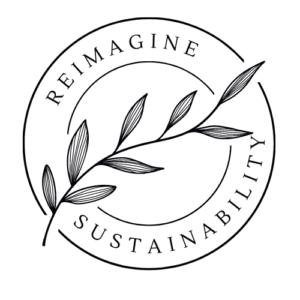Today more than ever we need to make decisions to bring us onto the pathway of sustainable development. It is not an easy task as we are constantly exposed to changes at work and at home. To me, some days feel like: work, eat, sleep, repeat. In those days, there is little time to make sustainable decisions. Moreover, how can I know if my everyday choices are sustainable or not, but I know that every conscious decision to be more sustainable will bring us one step closer to taking on the challenges of our world. Can a clear definition of Sustainability help us with that?
Luckily, sustainable development is a global goal – we are all in this together. If we work together, we will be able to alleviate the symptoms or even defeat the crises. Are you not convinced yet? Apparently, we make 35,000 choices per person every day. Multiply that by the Earth’s population of almost 8 billion people, then we collectively make 28,000,000,000,000 (trillion) decisions every 24 hours. Let this number sink in for a moment – I will get back to that later in this post. Twenty-eight trillion decisions are an incredible resource we can use to achieve change beyond our imagination to create better lives for everyone on our planet Earth.
Redefining Sustainability
Sustainability. A word which has been tossed around for a while. It is currently labelled as a buzzword. This reduces its impact and fails to recognise its true potential. Many definitions of Sustainability look at the (missing) relationship of humans with nature. You might be familiar with the United Nations definition of Sustainability: “meeting the needs of the present without compromising the ability of future generations to meet their own needs.” Noble, but for my taste, it is too human-centric and does not capture the range of opportunities for sustainable goals.
Let’s take a different approach to unravel the meaning of Sustainability. Stripping it down to its core elements might be the first step in revealing a deeper meaning. Sustainability is more than just saving our next generation.
With the help of some dictionaries, I took a deeper look into the two elements that make up Sustainability:
“Sustain” and “Ability”
Sustain: To cause or allow something to continue for a period of time. Sustain refers to maintaining a system and keeping it alive.
In the natural world, systems have been created over millions of years, developing different capabilities to best sustain themselves in a current setting. Therefore, balance is an important word to describe natural systems as it refers to the cooperation of dynamic elements within a system in the current best way possible. By dynamic, I mean that the environments where the systems are sitting are constantly changing, and sustainable systems have the resilience to react to external shocks with minimal damage potential.
Ability: The physical or mental power or skill needed to do something. Ability is a fact that someone is able to do something.
Revealing the definition of Sustainability step by step
Connecting the two elements of Sustain and Ability creates the foundation for present and future development: Sustainability. With broader Sustainability knowledge we have the ability to maintain the systems we depend on (nature, society, business etc.). For the sake of simplicity, the framework of the Triple Bottom Line is usually used to evaluate sustainable system performance. It is divided into environment, social and economy (also known as planet, people, profit).
So now we can move forward with the definition of Sustainability:
Sustainability is the ability to maintain a balance of different elements within a system in the best possible way, with the least fragility to external shocks (like environmental catastrophes, financial instabilities, societal unrest etc.).
I want to leave you some room to imagine how you can implement Sustainability practices in your everyday life, but first, I want to give you an example:
Green Spaces in the City:
The integration of urban design and the natural world (parks, city forests, urban gardening, etc.) brings many benefits. From an environmental perspective, habitats for animals increase biodiversity and growth zones contribute to better air quality and reduce air temperature. Green Spaces bring social benefits such as recreational spaces and installations like open-air gyms to improve mental health. From an economic perspective, the benefits include healthier residents and an increase in tourism through events.
These are only a tiny fraction of the opportunities when applying Sustainability thinking. But they demonstrate the interconnectedness of different elements, which can create a better and greater impact.
Why is it important to action Sustainability?
Alright, so we have a broader understanding of Sustainability now but why do we need to embed sustainability in everything we do? Unfortunately, in the last couple of centuries humanity has contributed to a big shift in removing our planet’s capabilities to regenerate itself. Remember, in order to sustain something we first need the ability in order to make it happen.
For billions of years life on our planet developed in a most sustainable way, creating a vast diversity of ecosystems which allowed life to thrive. Our planet provides us humans with a wide diversity of flora, fauna and resources. Consequently, these are the foundations for us to thrive and evolve. But instead, humans became the cause of major crises such as the climate crisis, biodiversity crisis, societal crisis, cultural crisis etc. The human evolution of urban societies and industrial economic activity has created profound environmental and social consequences. Those consequences or crises need to be addressed by us.
Furthermore, the real threat is not the climate crisis but the irreversible point of no return. If we continue to damage our livelihood beyond repair we will not be able to maintain our quality of life. It sounds very dramatic, and unfortunately, it is dramatic. But there is hope. I believe that we have the chance to turn the wheel around if we work together. And have a definition of Sustainability which inspires and empowers us to act.
We don’t have much time, but we have to get it right
So let’s swing back to this immense number of 28,000,000,000,000 trillion decisions made every single day. Some of those decisions are already made with a sustainable goal in mind. The good news is that every single human being has the ability to implement sustainable practices and join the sustainability bus on the highway to change.
Even without the growing pressure of crises it makes more sense to make decisions which embrace sustainability. Creating balanced systems for the benefit of every organism, whether they be bacteria, virus, plant or mammal, allowing them to sustain themselves and contributing to their ability to thrive. You are connected to the world and with every decision you make you can contribute to sustainable development, which goes beyond securing the needs of the next generation.
Which role do you want to play in the Sustainability space?
Being active in the sustainability space, I see a lot of misconceptions about the term Sustainability. Hence, I see the change we so urgently need in understanding sustainability and striving for a better world. The potential of a Sustainability mindset lies within seeing the challenges around you and implementing small changes. You will not find advice on how to reduce plastic, fly less or grow your own veggies in my blog. There are plenty of great people who will teach you about those things. I want you to become one of them.
My mission is to broaden your understanding of Sustainability (like a definition of sustainability that reflects you) and how a Sustainability mindset will solve different crises. The change starts within you. You have the capability to imagine how you can contribute to the sustainability transition. Everyone is on a different part of the journey and you are on your way to become the change you want to see in this world.



What a great article, thought provoking and in some ways a wake up but I love this new definition as it gets to the core of the problem now and not a definition that may have been appropriate years ago…As you say we each have our own journey and for everyone to change one thing…what a change we could all achieve…
Very interesting! Thank you so much for sharing!
You’re more than welcome 🙂